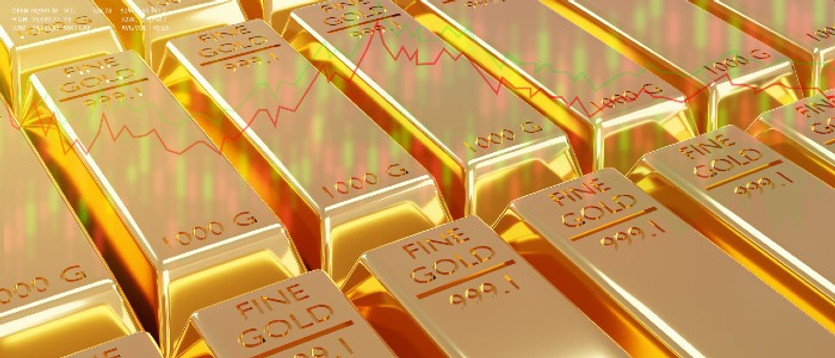Futures for major European and US stock indices fell again yesterday, while the dollar strengthened: uncertainty over the events in Ukraine and the rapid rise in inflation continue to worsen investor sentiment.
Additional uncertainty is brought about by the results of the ECB meeting and the publication last Thursday of US inflation indicators. On Thursday, the ECB left current monetary policy unchanged but said it would be winding down its asset purchase program faster than planned, paving the way for higher interest rates this year. Central bank president Christine Lagarde acknowledged that "economic activity could be substantially dampened" by military action in Ukraine. ECB leaders lowered their forecast for Eurozone economic growth in 2022 from 4.2% to 3.7% (a more negative scenario suggests growth of 2.3%).
Meanwhile, according to the US Department of Labor, the consumer price index (CPI) in February showed an annual increase of 7.9% (against 7.5% in January and economists' forecast of growth of 7.8%), which is the most significant annual growth since January 1982.
The Fed is likely to tighten monetary policy this year not as aggressively as expected, given the impact of events in Ukraine on the global economy. Fed chief Jerome Powell said in a speech to Congress last week that he would support raising interest rates by a quarter of a percentage point at the March 15-16 meeting. If before the start of the military special operation in Ukraine, the markets expected that the rates would be raised seven times, now they are predicting four or five increases, and the Fed's rate hike of 25 basis points has already been priced in.
The increase in inflation increases the demand for gold, which investors see as a tool to hedge the risks associated with the depreciation of the dollar due to rising inflation in the US and against the backdrop of events in Ukraine. Yesterday's US inflation report provides gold with additional support, while the easing of geopolitical tensions is not yet expected. These tensions will further fuel inflation in the Eurozone, which stood at 5.8% in February, nearly three times the ECB's target of 2%.
At the beginning of today's European session, the XAU/USD pair is traded near the important short-term support level 1972.00, providing a good opportunity to increase long positions. As you know, gold is very sensitive to changes in the monetary policy of the world's leading central banks, especially the Fed. When it tightens, the quotes of the national currency (under normal conditions), as a rule, grow, while the price of gold falls.
However, geopolitical uncertainty and accelerating inflation around the world increase the demand for gold, which is a popular defensive asset, creating preconditions for further growth of its quotations.
Therefore, it is considered advisable to look for opportunities for the best entry into long positions. The current correction is one of them.





